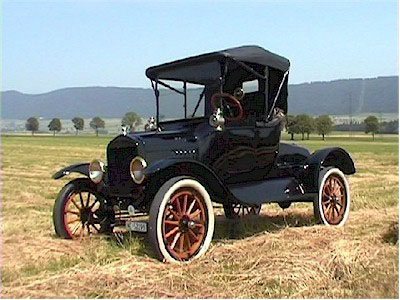The Metropolitan Museum of Art in New York, was significant because it stimulated public interest in newer designs by the artwork that was displayed. Museums promoted modern styles emphasizing the integration of art into the lives of the middle class and for the ability of the decorative arts to raise the level of public tastes (Raizman, 206). Vogue and Vanity Fair were popular magazines that used illustrations to cultivate the image of modern life associated with fashion, sport, travel, etc. This method is still very successful today. Geometric shapes were very popula
 r such like the designs of Raymond Hood and Ruth Reeves. These designs were very similar to Frank L. Wrights horizontal and geometric features in his architecture. Hood created furniture and interiors that emphasizes industrial materials and angular geometric decoration (Raizman, 208). Reeves's "electric design" uses zigzag overlapping shapes to convey the speed and man-made power of electric energy (Raizman, 208). Another very geometric design was the Skyscraper bookcase designed by Paul Frankl. We fimiliar with Skyscraper as being a tall building but it can also be used to refer to furniture of the Art Deco era, it has a strong sense of verticality with rectangular shelving sections.
r such like the designs of Raymond Hood and Ruth Reeves. These designs were very similar to Frank L. Wrights horizontal and geometric features in his architecture. Hood created furniture and interiors that emphasizes industrial materials and angular geometric decoration (Raizman, 208). Reeves's "electric design" uses zigzag overlapping shapes to convey the speed and man-made power of electric energy (Raizman, 208). Another very geometric design was the Skyscraper bookcase designed by Paul Frankl. We fimiliar with Skyscraper as being a tall building but it can also be used to refer to furniture of the Art Deco era, it has a strong sense of verticality with rectangular shelving sections.Like most design periods, interiors during the 20th century were based off of past centuries. The wealthy homes inhabited large, heavy brick or stone with comfortable frame houses while the interiors echoed ideas from the Aesthetic Movement with wide rooms, soft hangings and old mahogany (Meikle, 89). Most families of good wealth had a bungalow and living areas were scattered with decorative flower motifs and elaborate designs on fabric resembling the Victorian era (Meikle, 89). The poor lived in rickety little houses with old pieces of furniture, solid heavy quilts and very few furniture if any (Meikle, 89). Luckily, the machine age required art to be simplified so that people from any class could enjoy the products and it would be cheap enough for the most people to afford it
 .
.Henry Ford is an important figure in this period who is widely known for his productions of the automobile, specifically the Mobile T which is a type of car he invented. The automobile transformed the way people live, work, and how to identify themselves whether they have a car because they need it or to show off their economical status.
What are museums used for today? Do you think an art museum today still stimulates new ideas and designs for the future? Money is always a huge influence on where you live and what items you can afford to have, how does money affect us today and influence the way we live? does everyone have equal opportunities to own goods or do you think there is a large gap between wealthy and poor?
